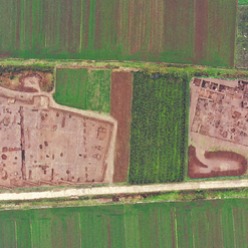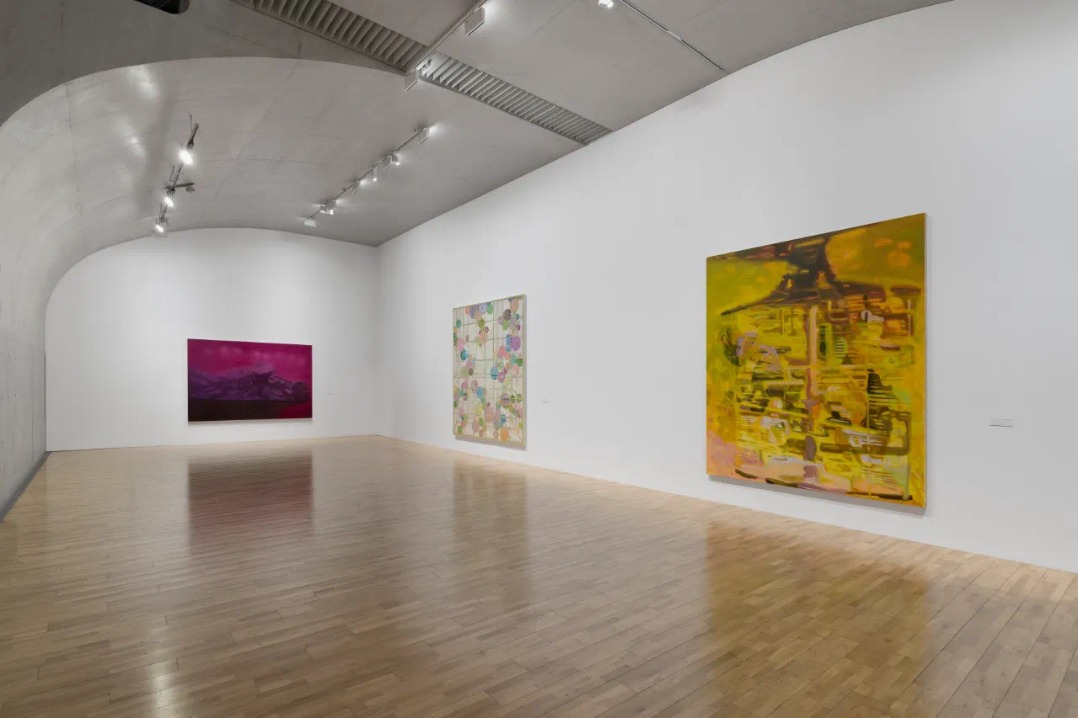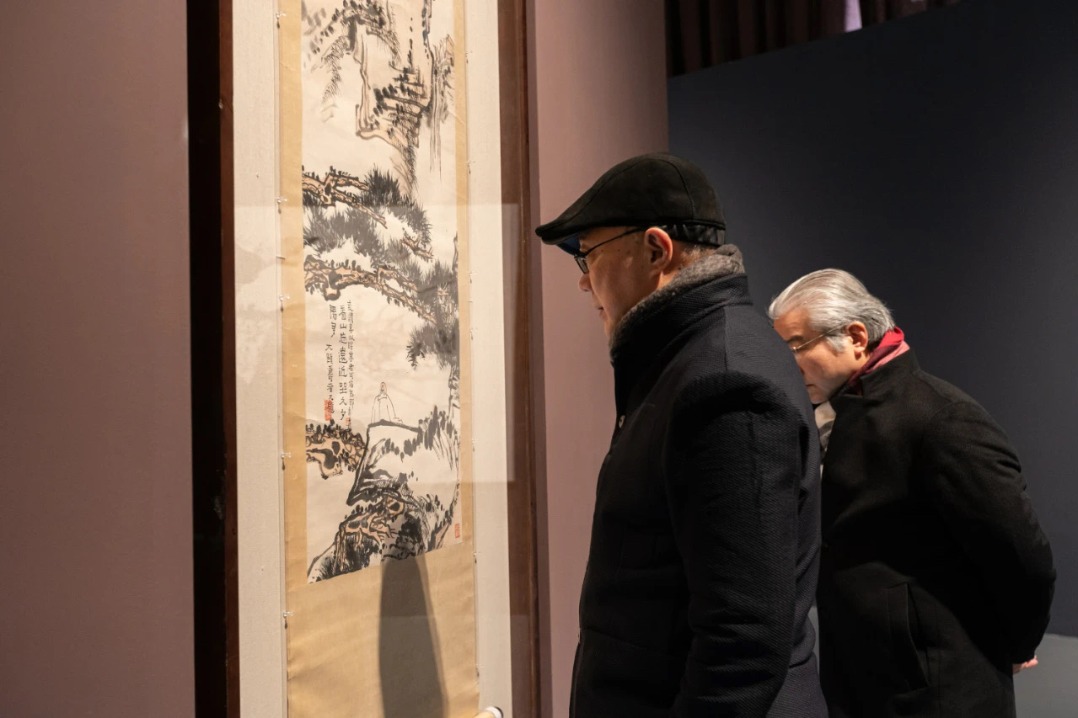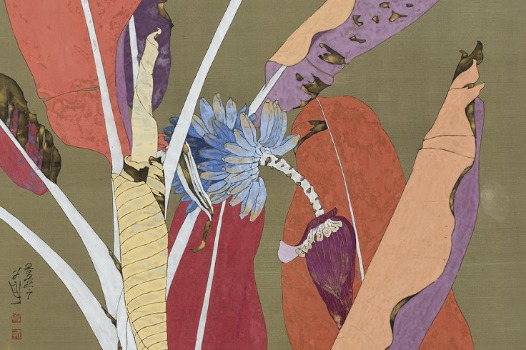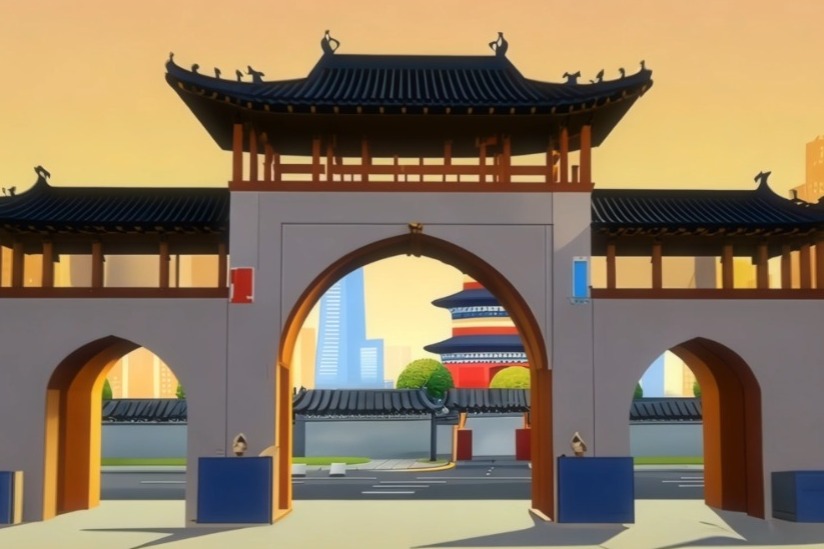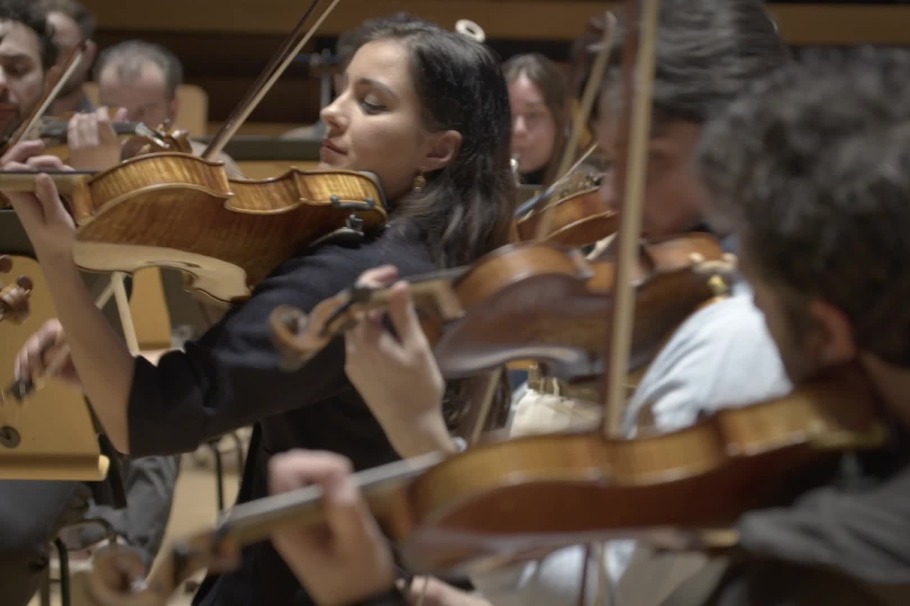A plain that echoes with legends

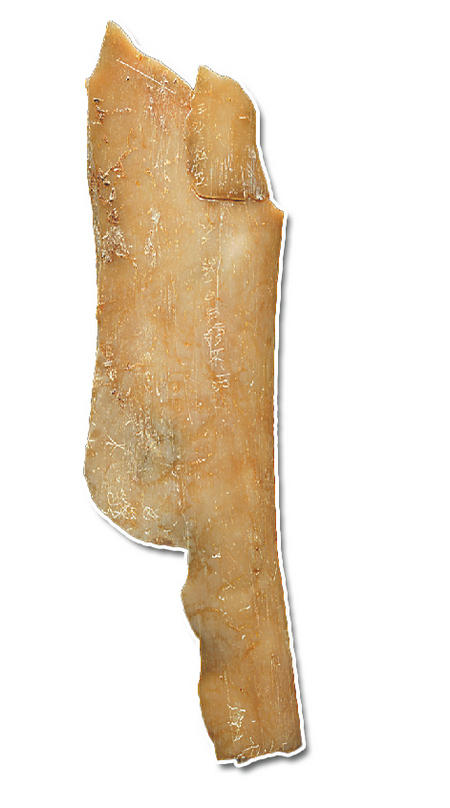
"However, archaeologists still lacked high-level remains from the pre-Zhou culture, and the layout of settlements could not be clearly seen," says Chong Jianrong, director of the Shaanxi Academy of Archaeology.
"Pre-Zhou" refers to the period when the Zhou still paid allegiance to the Shang Dynasty and prospered in present-day Shaanxi, before taking up arms against the Shang ruler and replaced it. The last Shang king was notorious in history for his cruelty and debauchery.
Chong's mission has been to find the physical evidence to fill in concise historical descriptions.
He says that in recent years, exploration of the Zhouyuan Site has focused on uncovering the settlement structure of the Shang and Western Zhou periods.
By emphasizing the search for wall systems and large-scale buildings belonging to pre-Zhou culture, through extensive tracking, drilling and targeted excavations at key sites, researchers have discovered a large pre-Zhou rammed earth building complex in Wangjiazui in the southwest of the site.
"For a long time, many scholars believed that Zhouyuan is where the ancestors of the Zhou people settled after moving to the Qishan Mountains," Chong explains. "But some questions remain unanswered due to lack of clear evidence."
Now, a belt of large rammed earth pre-Zhou structures has been discovered. It runs 150 meters from north to south, and two large buildings have been fully unearthed.
The No 1 building is composed of a gatehouse, east and west wing rooms, front hall, rear chamber, and front and rear courtyards. It occupies an area of some 2,500 square meters.
"It is the largest and most complete large-scale pre-Zhou rammed earth building discovered to date, and provides crucial evidence that confirms speculation that Zhouyuan was the Zhou capital at the time," Chong adds.


